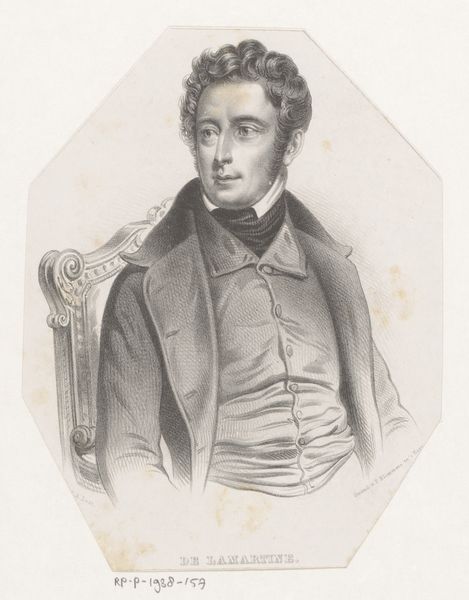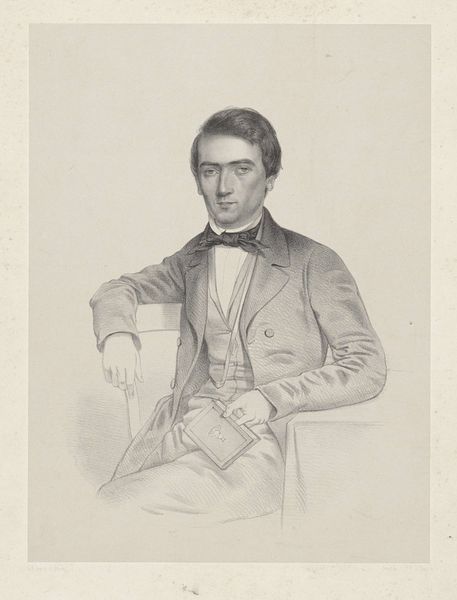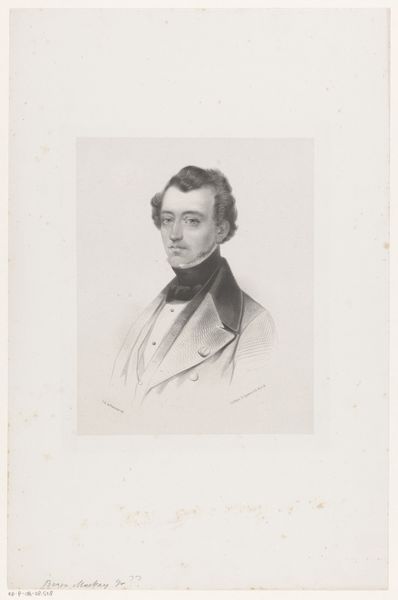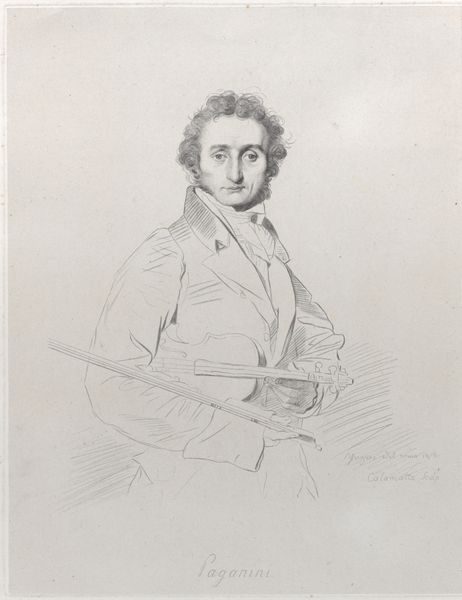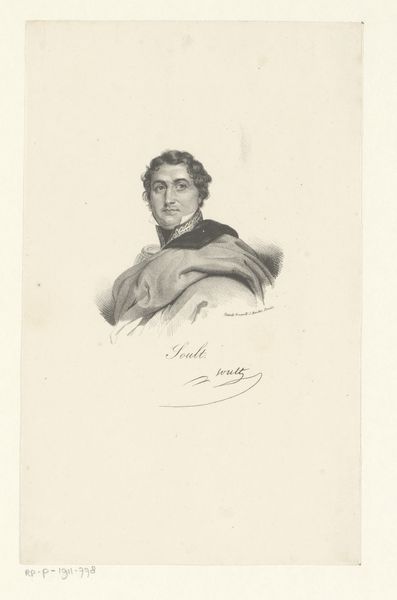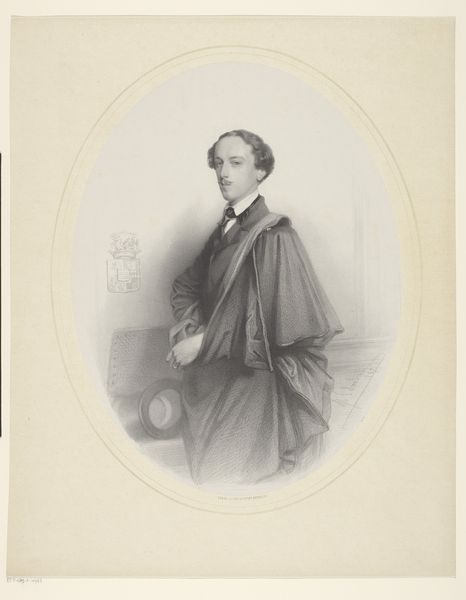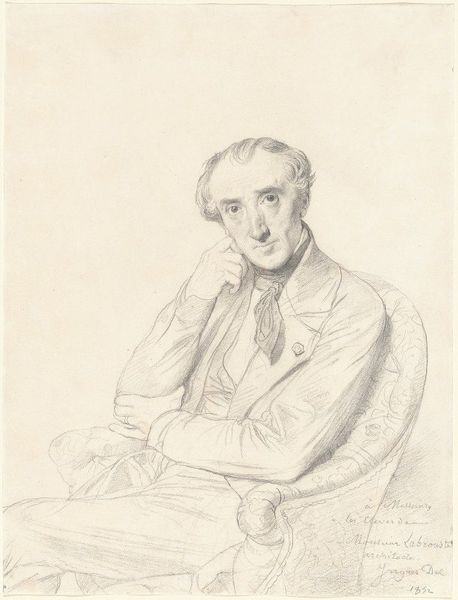
drawing, print, pencil, graphite
#
portrait
#
pencil drawn
#
drawing
# print
#
pencil sketch
#
charcoal drawing
#
figuration
#
pencil drawing
#
pencil
#
graphite
#
portrait drawing
#
academic-art
Copyright: National Gallery of Art: CC0 1.0
Curator: Editor: So here we have Théodore Chassériau’s 1848 drawing of Alexis Charles Henry de Tocqueville, made with graphite and pencil. It's a portrait, of course, and the man is dressed rather formally. What do you make of it? Curator: Well, the starkness of the pencil on paper points us directly to the material conditions of its production. Look at the precision, the hatching, the controlled gradations of tone. This wasn’t simply about capturing a likeness, but about showcasing skill, a tangible display of artistic labor within the portrait-making industry. Editor: I see what you mean. It’s almost like a study of technique as much as a portrait of a person. But was the paper itself considered a valuable commodity back then? Curator: Precisely! The very availability and cost of paper, pencils, and even the artist’s training, all speak volumes about the social and economic hierarchies at play. This drawing signifies status not just for Tocqueville, but also for Chassériau as a skilled craftsman operating within specific market demands. It represents social and cultural capital, created with particular materials in a context of consumption and display. Editor: So, thinking about it that way, the artwork becomes more of an artifact documenting 19th-century social and economic realities. I hadn’t thought about the role of materials and craft in conveying all of that. Curator: Exactly. We see not just a representation of a man, but the labor, skill, and economic context that made the representation possible and meaningful. We can ask about who the consumer of such imagery would have been and what role did portraiture play in class dynamics. Editor: It's fascinating to consider how something as seemingly simple as a pencil drawing can reveal such complex relationships between art, labor, and social structures. Thanks, I will explore that further.
Comments
No comments
Be the first to comment and join the conversation on the ultimate creative platform.
